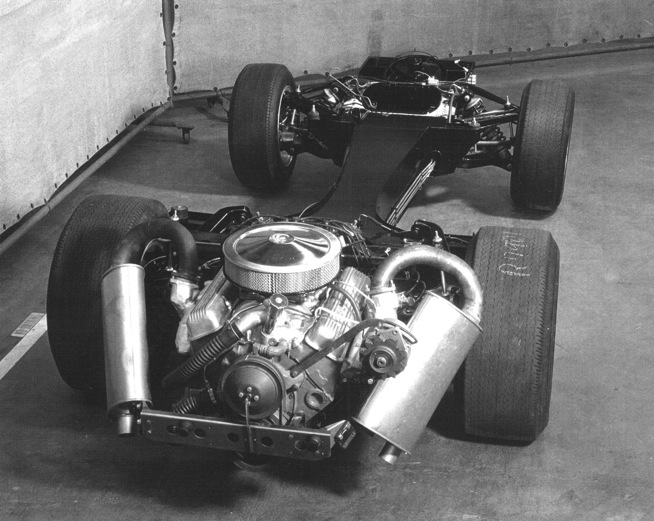We’ve definitely been spoilt over the last decade by the amazing technology that’s permeated our car industry. Whether it’s electronic stability (ESP), automatic braking (ABS) or just good old PS (power steering!) that’s keeping you on the road, it’s easy to see how the forgotten art of handling heavy and powerful sports cars got lost. Of course, for the classic car owner, these features are, more often than not, completely absent and it can be quite a shock for drivers who aren’t used to having to make corrections all by themselves.
Having said that, most of us are used to handling a front-engined car on a day to day basis and, in normal conditions, the influence that ABS has on your driving is likely to be minimal. Where classic owners find real problems is when the weight distribution changes. Rear-engined vehicles such as the Porsche 911 or even the humbler Hillman Imp or the VW Beetle can cause drivers enormous problems. So, if you’re struggling to balance your weight, here’s our guide to handling a rear-engined classic…

Natural Tendencies
The most common reaction to sitting in a rear-engined car for the first time is that it will behave like a normal, front-engined car. If you apply your normal driving technique to a rear-engine classic, however, you’ll quickly be greeted with lots of oversteer. You’ll find that the back-end of the car wants to slip away in the corners and you might even spin tail-first.
Balance Your Oversteer
The reason for this is that the weightier rear engine is pulling the actual trajectory of the car away from the ‘line’ you’re presuming to take. Imagine taking an articulated lorry around the track; it’s the same effect. The simplest way to correct this oversteer is to adjust your line: on the road you need to take corners slowly enough to make adjustments as you go but you’ll probably just need to steer less than you think.
Rethink Your Braking
Because of the additional weight on the rear-end of the car, your rear brakes are considerably more active on a rear-engined classic than they will be on a front-engine car; simply they have more weight pushing them into the road, forcing them to carry more of the load. Because of this, your braking technique needs to be a lot more subtle.
Cornering Style
When you apply the brakes, you impart a particular force on the wheels. In a straight line or on a balanced, front-engine car, this force is applied, essentially, backwards, and cancels out forward motion. In a rear-engine car, the effects of the rear wheels braking could actually take your car sideways and thus the mantra ‘brake in, accelerate out’ makes so much more difference to a rear engine car. If you’re turning the wheels, you should be accelerating through the apex and you should have already entered the corner at the right speed.
Track Drift
If you’re lucky enough to hold a track license and classic car insurance that allows you to race, you can actually harness your oversteer as a useful race-day tool. Letting the back end slide by braking late into an apex can increase your cornering speed and shave a few seconds off your time, providing you have the guts to accelerate hard (and we mean really hard!) out of the corner to correct your line.
A rear-engined classic can be quite a beast to tame, but the best technique is to understand the physics of your car and the areas where your driving style needs to be changed. Master this and you’ll enjoy the quick acceleration and masses of traction that only a rear-engined car delivers.
For classic car insurance visit Lancaster Insurance

